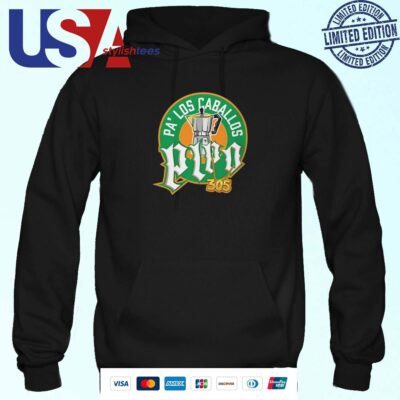Lebatardaf Pipo Cafecito Pa’ Los Caballos Shirt
$21.99

Frequently bought together :
The Lebatardaf Pipo Cafecito Pa’ Los Caballos Shirt has arisen as a cultural emblem in Miami, Florida. This distinctive shirt, decorated with the image of local radio personality Dan Le Batard and the phrase “Cafecito Pa’ Los Caballos” (Coffee for the Horses), has turned into a representation of the city’s fervent sports enthusiasm and diverse flair.
Lebatardaf Pipo Cafecito Pa’ Los Caballos Shirt: ideal look for you

The origins of the shirt can be traced back to the renowned radio program “The Dan Le Batard Show with Stugotz,” broadcasted on Miami sports-talk station 790 AM The Ticket. During portions of the program dedicated to the Miami Heat, Le Batard frequently used the expression “Cafecito Pa’ Los Caballos” as a motivational slogan for the squad. The expression, meaning “coffee for the horses,” is a Cuban saying used to describe giving an extra incentive or reward to someone worthy.
The Lebatardaf Pipo Cafecito Pa’ Los Caballos Shirt acquired extensive fame during the Heat’s 2012 NBA Finals journey. Le Batard and his co-host Stugotz sported the shirt to matches and publicized it on the show, generating excitement among enthusiasts. The shirt swiftly transformed into a symbol of the team’s surprising triumph and the city’s steadfast allegiance.
Aside from its association with the Miami Heat, the Lebatardaf Pipo Cafecito Pa’ Los Caballos Shirt has also become a representation of Miami’s distinctive culture. The shirt’s illustration, showcasing Le Batard’s signature pipo (pipe) and the vivid phrase, captures the city’s lively Latin essence and passion for sports. The shirt has become a favored keepsake for visitors and a must-have article for residents wishing to exhibit their Miami pride.

In summary, the Lebatardaf Pipo Cafecito Pa’ Los Caballos Shirt is far more than just an article of attire. It embodies Miami Heat culture, signifies the city’s diverse character, and is a testament to the influence of shared enthusiasm. The shirt has evolved into a cherished icon, bringing fans together, strengthening the community, and forever marking its presence on the fabric of Miami’s identity.



















 Zum speed 350z fairlady shirt
Zum speed 350z fairlady shirt
 Zulu Huey Newton You Believe In Violence T-Shirt
Zulu Huey Newton You Believe In Violence T-Shirt
 Zuccarello Applesauce Shirt
Zuccarello Applesauce Shirt
 Zolita Queen Of Hearts shirt
Zolita Queen Of Hearts shirt
 Zheani Worship The Spiritual Meat Grinder Shirt
Zheani Worship The Spiritual Meat Grinder Shirt
 ZHC X BKTSQD Green Flame shirt
ZHC X BKTSQD Green Flame shirt